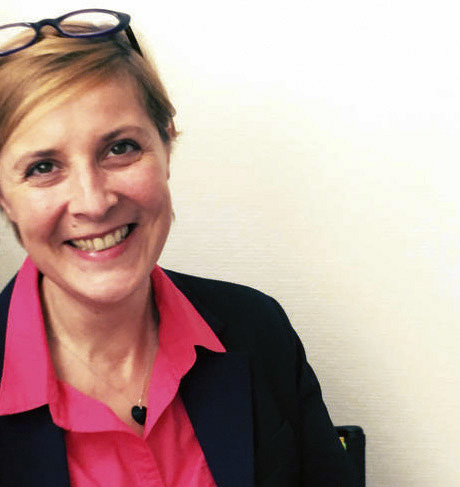Dedicated to the cultures of Africa, America, Asia, and Oceania—in other words, the non-European world—the Musée du Quai Branly-Jacques Chirac, in Paris, boasts a photographic collection of over 700,000 items. This is the largest collection of the i...




